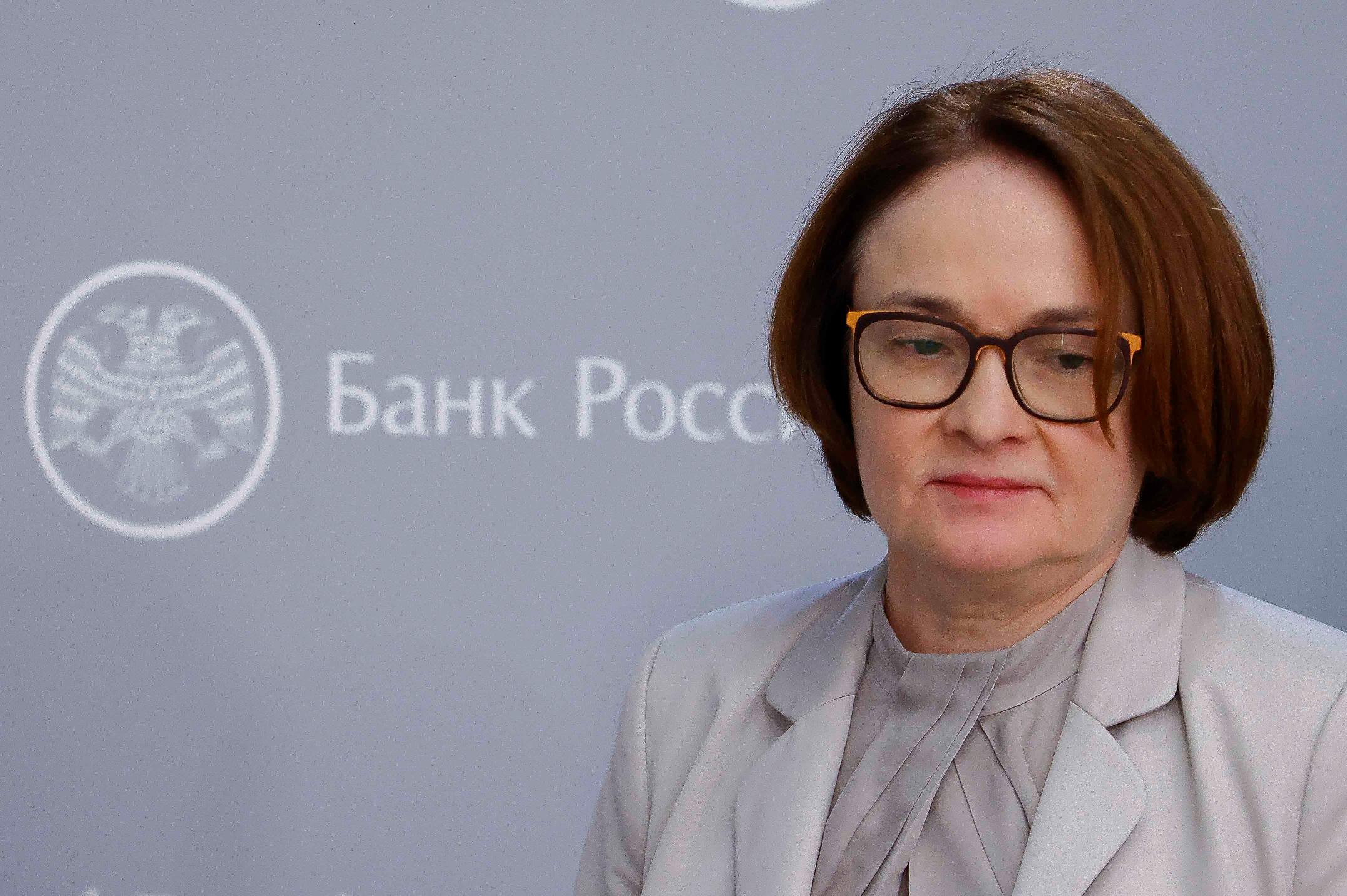
2024-09-26 20:29
Key borrowing rate now at 10.50%, compared to 10.75% before Deputy Governor Jonathan Heath voted to hold rate steady Bank says inflation outlook demands restrictive policy Core inflation rate at lowest level since early 2021 MEXICO CITY, Sept 26 (Reuters) - The Bank of Mexico lowered its benchmark interest rate by 25 basis points to 10.50% on Thursday, the second straight cut as price pressures have been easing in Latin America's No. 2 economy. The bank struck a cautiously optimistic tone on the possibility of additional cuts to the key borrowing rate. The latest rate cut approved by the central bank's five-member governing board was not unanimous. Deputy Governor Jonathan Heath voted to hold the rate at 10.75%. Analysts polled by Reuters had overwhelmingly forecast the 25-basis-point cut. In a statement announcing its decision, Banxico, as the central bank is known, noted that the global inflation outlook has improved while the closely watched core inflation rate, considered a good indicator for price trends, is expected to keep decreasing. "Looking ahead, the board expects that the inflationary environment will allow further reference rate adjustments," the statement said, emphasizing however that the outlook for inflation "still calls for a restrictive monetary policy stance." Mexico's annual headline inflation slowed to 4.66% in the first half of September, official data showed on Tuesday, its fourth consecutive fortnight of declines. Core inflation moderated to 3.95%, its lowest level since early 2021. In August, Banxico also cut its benchmark interest rate by a quarter percentage point to settle at 10.75% in a divided decision, at the same time that it upwardly revised its year-end forecast for the rate of rising consumer prices. Heath, along with fellow Deputy Governor Irene Espinosa, expressed concern at the time that cutting the interest rate before there was more certainty around the trajectory of inflation could hurt the bank's credibility. On Thursday, Banxico revised its forecast for annual headline inflation in the fourth quarter slightly downward to 4.3%, from 4.4% previously, while also adjusting its expectation for core inflation to 3.8% from 3.9%. Mexico's peso strengthened 0.4% immediately after Thursday's interest rate announcement but later was trading flat. Following the rate decision, Fitch Ratings director Carlos Morales said the agency expects upward inflationary pressures on the peso to continue, driven by uncertainty around a slate of constitutional changes pursued by the government. Still, Fitch expects inflation overall to continue on its downward path, as well as cheaper money going forward. "We now anticipate further rate cuts in the latter part of the year, with subsequent cuts occurring throughout next year," Morales said. Sign up here. https://www.reuters.com/markets/rates-bonds/bank-mexico-lowers-key-interest-rate-1050-with-single-dissent-2024-09-26/

2024-09-26 20:23
LOS ANGELES/WASHINGTON, Sept 26 (Reuters) - Employers negotiating a labor contract at U.S. East and Gulf Coast ports on Thursday filed an unfair labor practice complaint against the union, saying those leaders refuse to resume talks ahead of the threatened Oct. 1 strike. The United States Maritime Alliance (USMX) said it filed the complaint with the National Labor Relations Board, due to the repeated refusal of the International Longshoremen's Association to return to the bargaining table. The six-year master contract between USMX and the ILA expires on Sept. 30 and the two sides appear to be deadlocked on wage issues. The employer group said it requested immediate injunctive relief – requiring the union to resume bargaining – so that a deal could be finalized. It is uncommon, but not unheard of, for employers to make such complaints to the NLRB - an independent agency of the federal government that enforces U.S. labor law, particularly with regard to collective bargaining and unfair labor practices. In rare cases, the NLRB will go to court and ask for an injunction pending the outcome of a board case, but that can take weeks to play out. The ILA on Thursday responded, calling the USMX a poor negotiating partner. "If it wasn't for the ILA engaging in serious and productive negotiations, most of the local agreements would not have been settled over the past year," the union said in a statement. Earlier this week, ILA leader and chief negotiator Harold Daggett said he had rebuffed USMX approaches. "They call me several times each week trying to get the ILA to accept a low-ball wage package," Daggett said. Sources close to the talks said the ILA asked for a wage increase of 77% - a percentage the union called exaggerated. Industry experts predict that the increase will be higher than the 32% rise won by the West Coast longshore union last year. Companies that rely on ocean shipping are increasingly worried that the ILA's 45,000 members will strike and close 36 ports that handle more than half of U.S. ocean trade of products such as bananas, meat, prescription drugs, auto parts, construction materials and apparel. If that happens, delays and costs could quickly cascade, threatening the U.S. economy in the weeks ahead of the U.S. presidential election, burdening already taxed global ocean shipping networks and over time foisting higher prices on consumers. Economists at Oxford Economics estimated that the impending strike would reduce U.S. gross domestic product (GDP) by $4.5 to $7.5 billion, or 0.1% annualized, for every week it continues. A strike has the potential to weigh on the October employment report at a time when the Federal Reserve is highly attuned to signs of weakness in the labor market, they added. The timing is politically sensitive since Democratic Vice President Kamala Harris is facing former Republican President Donald Trump in the U.S. presidential election on Nov. 5. A White House official on Thursday reiterated that President Joe Biden does not intend to invoke a federal law known as the Taft-Hartley Act to prevent a strike. "We encourage all parties to come to the bargaining table and negotiate in good faith," the official said. "Senior officials from the White House, Labor Department, and Department of Transportation are in touch with the parties and delivering the message to them directly." Sign up here. https://www.reuters.com/legal/us-maritime-alliance-files-unfair-labor-practice-charge-with-nlrb-2024-09-26/
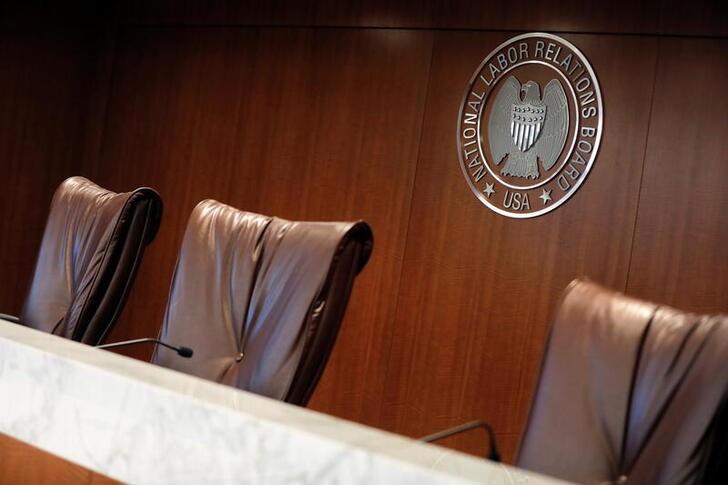
2024-09-26 19:08
Canadian dollar gains 0.1% against the greenback Trades in a range of 1.3459 to 1.3489 Price of U.S. oil settles 2.9% lower 2-year yield touches an 8-day high at 2.987% TORONTO, Sept 26 (Reuters) - The Canadian dollar edged higher against its U.S. counterpart on Thursday, but the move was limited as oil prices tumbled and ahead of domestic GDP data that could guide expectations for the pace of additional interest rate cuts by the Bank of Canada. The loonie was trading 0.1% higher at 1.3470 per U.S. dollar, or 74.24 U.S. cents, after moving in a range of 1.3459 to 1.3489. The decline in oil prices has kept gains in check for the loonie, said Amo Sahota, director at Klarity FX in San Francisco. "It doesn't look like anybody wants to make a big decision on directional moves," Sahota added. "Tomorrow morning's Canadian GDP data ... might give the market something to get its teeth into." Economists expect Canadian GDP data, due on Friday, to show that the economy grew 0.1% in July from June. The BoC has said it wants to see growth pick up to absorb economic slack. Investors expect the central bank to ease 67 basis points in total in the final two meetings of the year, implying a high probability of one unusually large half-percentage-point move. The central bank has cut three times since June, moving in quarter-percentage-point steps. Its benchmark rate is at 4.25%. The price of oil , one of Canada's major exports, settled 2.9% lower at $67.67 a barrel on the prospect of Saudi Arabia raising output. Canadian government bond yields moved higher across the curve, tracking moves in U.S. Treasuries after the release of data that suggested the American labor market remained fairly healthy. The Canadian 2-year yield was up 1.9 basis points at 2.979%, after earlier touching its highest level since Sept. 18 at 2.987%. Sign up here. https://www.reuters.com/markets/currencies/canadian-dollar-sticks-narrow-range-ahead-gdp-data-2024-09-26/
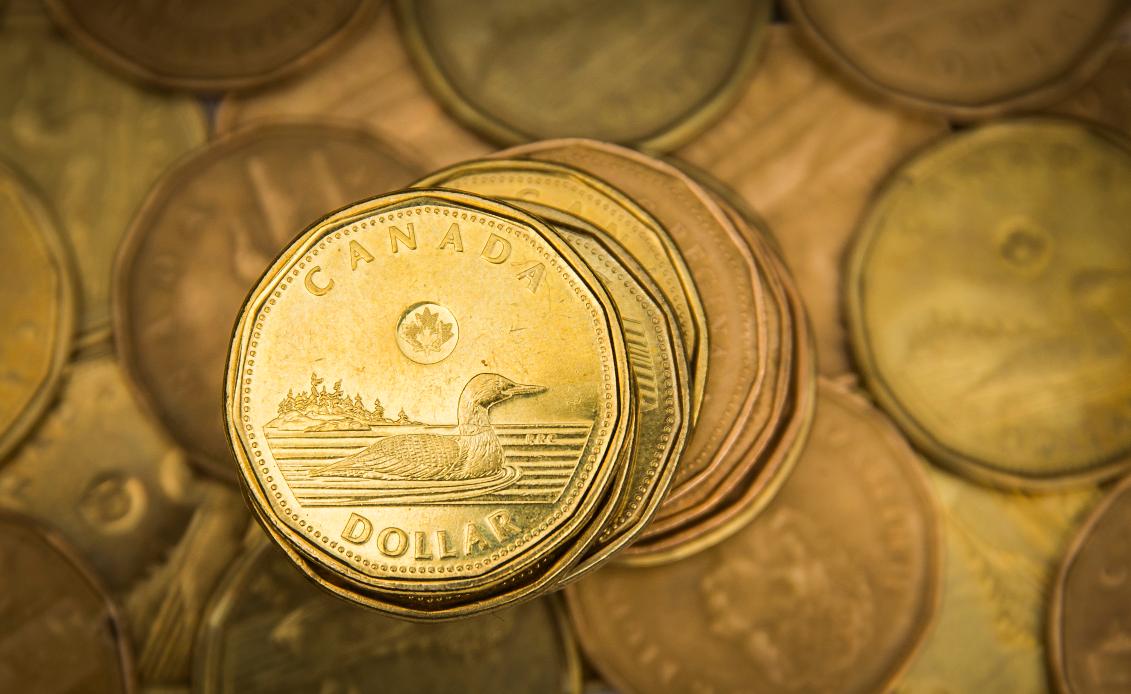
2024-09-26 18:31
Barr says banks should use discount window as needed Fed vice chair for supervision rejects stigma of using it Barr notes more banks preparing for discount window access NEW YORK, Sept 26 (Reuters) - Michael Barr, the Federal Reserve's regulatory chief, said on Thursday that banks should put aside worries about the stigma of using the U.S. central bank's discount window liquidity facility and tap it when it makes sense for them. "We view using the discount window as a fully acceptable, normal part of any bank's funding needs if it makes sense for them to use it from a financial perspective," Barr, the Fed's vice chair for supervision, said at a Treasury market conference hosted by the New York Fed. His comments, which come as the Fed is preparing to propose new bank liquidity rules in coming months, indicated that using the discount window would not be seen as a sign that a bank had liquidity problems. Barr said the central bank is trying to eradicate a long-standing stigma surrounding this key part of the Fed's lending toolkit. The discount window has traditionally been viewed as a source of emergency funding for banks facing liquidity challenges. Banks have long viewed discount window usage as sending a signal of distress and have shunned its use except during periods of deep stress. While the Fed has been trying to encourage discount window usage for some time, those efforts have struggled to gain traction. Worries over the stigma of doing were so great that when banks faced a major bout of stress in the spring of 2023 the Fed stood up a separate lending facility to ensure they had the necessary liquidity. While some Fed officials saw a quick and large jump in discount window borrowing during that period as a sign the facility works as intended, U.S. central bank research has warned that ad hoc actions will likely be needed in the future due to the persistence of the discount window stigma. The stress of the spring of 2023 has also driven the Fed to make sure banks are broadly ready to use the discount window, as many weren't last year. Part of that effort has entailed banks pre-pledging collateral for discount-window loans. Under new rules the Fed is readying, large banks may be required to maintain a minimum amount of readily available liquidity with a pool of reserves and pre-positioned collateral at the discount window, based on a fraction of their uninsured deposits, Barr has previously said. The central bank is also considering limiting big banks' reliance on "held-to-maturity" assets in liquidity buffers, since liquidating such securities in times of market turmoil can actually increase stress on lenders. Speaking during the Q&A session, Barr said those new rules would likely be proposed later this year or early next year. 'READILY AVAILABLE' Barr noted in his prepared remarks that since the spring of 2023 "over $1 trillion in additional collateral has been pledged to the discount window." The Fed's latest data on discount window readiness had shown an increase of about $700 billion in pre-pledged collateral from year-end 2022 to year-end 2023. He added that banks have also been signing up to use the Fed's Standing Repo Facility, which allows eligible firms to hand Treasuries to the Fed for cash. Barr also flagged in his remarks a shift to allow banks' to use the discount window in assessments of their liquidity levels and ability to withstand periods of stress. "We see it as acceptable and beneficial for firms to incorporate our facilities to meet liquidity needs in both planning and practice," Barr said. Barr's comments contrasted with the views of Fed Governor Michelle Bowman, who on Thursday said she favored a more traditional set-up. Bowman told the Mid-size Bank Coalition of America Board of Directors Workshop that non-emergency usage and required posting of collateral that could be used elsewhere could bring "unintended consequences." Sign up here. https://www.reuters.com/markets/us/feds-barr-discount-window-can-be-source-normal-funding-banks-2024-09-26/
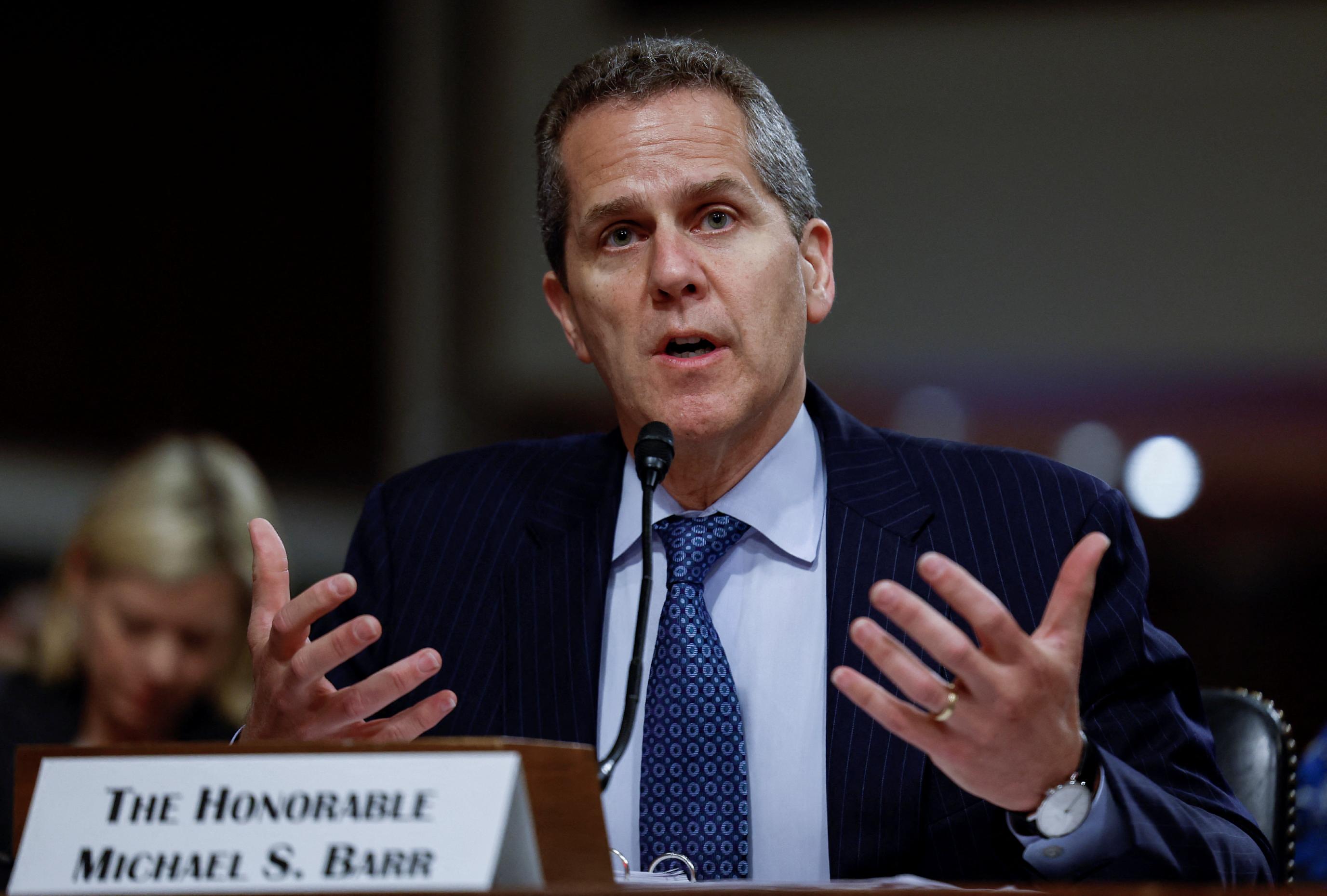
2024-09-26 13:11
ZURICH, Sept 26 (Reuters) - The Swiss National Bank's departing chairman Thomas Jordan made his last public appearance on Thursday, with his successor - Vice Chairman Martin Schlegel - pledging to stick to the central bank's goal of price stability. The subject of the Jordan's exit after 12 years leading the central bank was hardly broached at a press conference in Zurich to discuss the SNB's latest interest rates decision. Still, with the pressure off after his 42nd monetary policy meeting delivered the SNB's third rate cut this year, Jordan allowed himself to relax a little and passed more questions to Schlegel, who takes charge on Tuesday. Schlegel, who joined the SNB in 2003 and has been described in the Swiss media as like a stepson to Jordan, described his departure as the end of an era, but pledged no big changes in policy. "Our mandate is price stability, and this will remain our mandate," Schlegel told Reuters in an interview on Thursday. "This is also our priority at the Swiss National Bank." Price stability - defined as inflation within a range of 0-2% - has been the key target for Jordan during his leadership, and has been achieved over the last 15 months as the SNB hiked interest rates and allowed the appreciation of the Swiss franc keep the price of imports in check. Observers have wondered if the change in leadership at the SNB could lead to a change of style, with Jordan seen as the dominant force leading the bank through the scrapping of its minimum exchange rate against the euro and the crash of Credit Suisse. "I think the important question is what will be the same," said Schlegel when asked how his approach may differ from Jordan, who was his first boss at the SNB. "And the same will be the mandate and the focus on price stability." After more than 20 years at the SNB, the 48-year-old from Zurich said he was ready for the challenge. "This will be my eighth position at the SNB, and I was always open to new things and new challenges," he said. "This was the way I progressed steadily. "And also a bit of luck is also helpful," he added. Sign up here. https://www.reuters.com/business/finance/swiss-national-banks-next-chairman-sticks-price-stability-goal-2024-09-26/
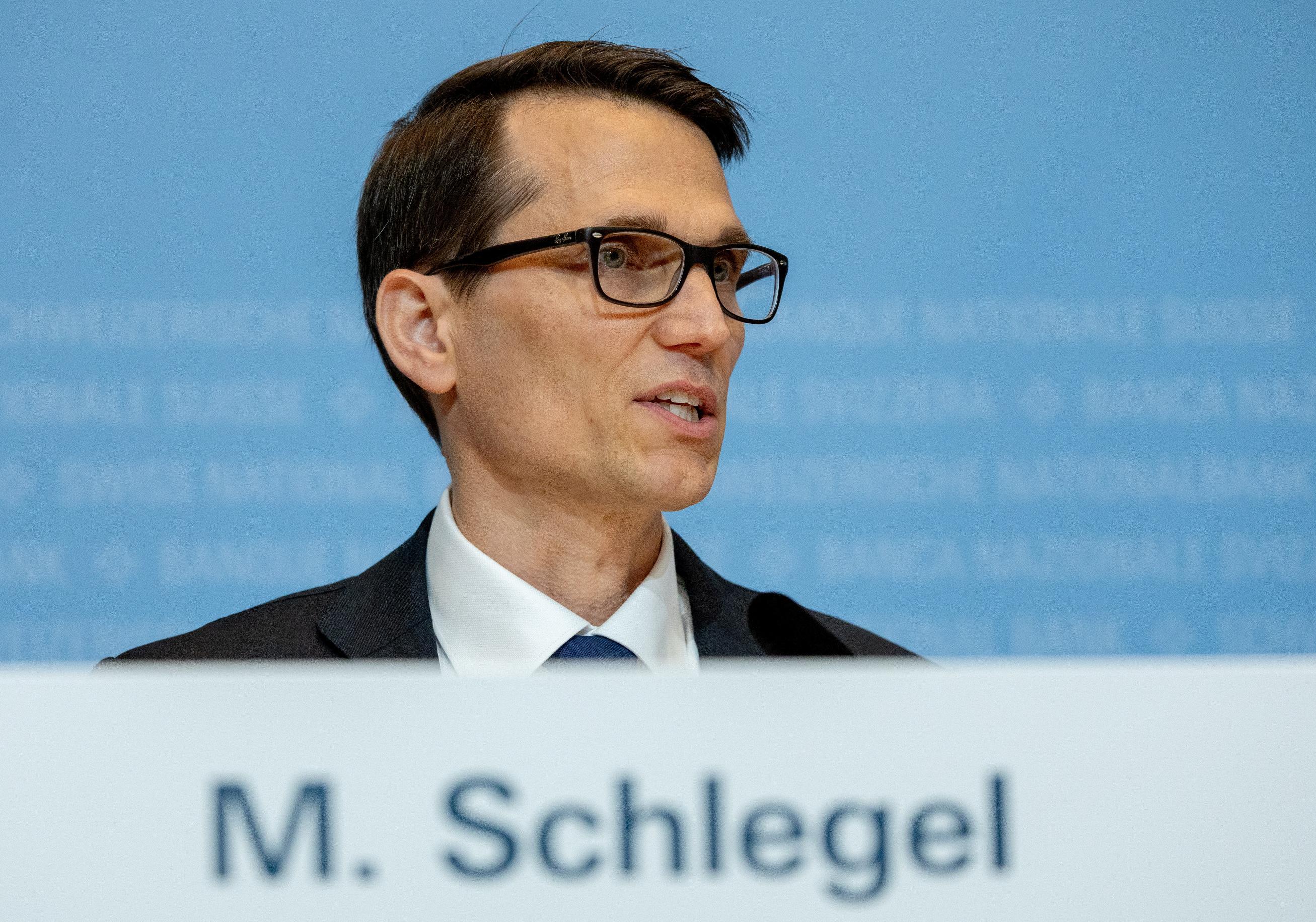
2024-09-26 13:08
SOCHI, Sept 26 (Reuters) - Russia's central bank does not rule out another hike of its benchmark interest rate at its next rate-setting meeting on Oct. 25, governor Elvira Nabiullina said on Thursday. She said such an increase would help the regulator in achieving its inflation target of 4% in 2025. Earlier this month, Russia raised its official forecast for inflation in 2024 to 7.3%. "Do not expect the central bank to allow the country to have high inflation," Nabiullina said. The regulator raised its benchmark interest rate by 100 basis points to 19% at its Sept. 13 meeting, stating that inflation remained stubbornly high and action was needed to reduce it. Sign up here. https://www.reuters.com/markets/europe/russias-central-bank-does-not-rule-out-another-rate-hike-october-2024-09-26/
